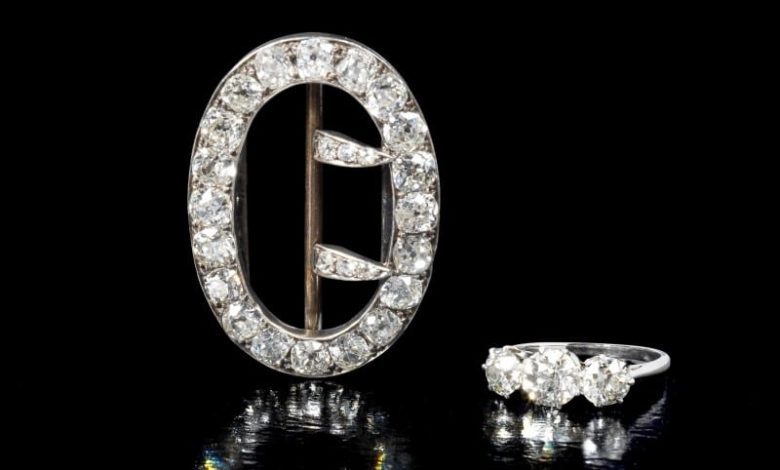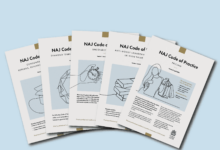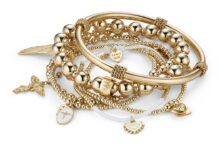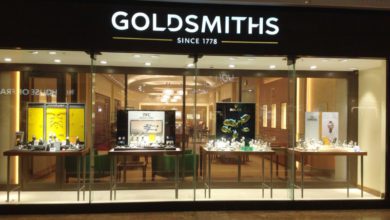COMMENT: You cannot overstate the importance of confidence in diamonds

This week the great and good of the jewellery industry descended on Antwerp for the annual Diamond Trade Fair. This event is a hugely influential spectacle, attracting representatives from the world’s top firms who trade up to 80% of the world’s rough diamonds. The impact of decisions made here reverberate throughout the jewellery market, affecting suppliers, retailers and the eventual consumers alike.
A core issue being discussed at this year’s conference is how to tackle wavering confidence in diamonds.
It may seem as though the diamond market is an unstoppable phenomenon. Regardless of global economies, ethical doubts and personal preferences, the De Beers promise that ‘a diamond is forever’ appears to have kept demand – and prices – high. However, there is growing cause for concern that the consumer is beginning to question the value of the world’s favourite gemstone.
Ultimately it is hard to claim that diamonds are rare in today’s increasingly saturated market. Since the discovery of South African diamonds in the 1800s, these stones have been plentiful and today there are more people employed in the mining and cutting of diamonds than for any other gemstone – a necessity if the industry is to keep on top of supply and demand.
As a result, the world is flooded with diamonds, and the lack of rarity means that they can be unpredictable at market. Consider the sale of two exceptional coloured diamonds that were sold at auction last year. An 8.41 carat, fancy pink diamond reached a record breaking sum of £11 million when sold by Sotheby’s in Hong Kong. In contrast, a truly magnificent 122-carat blue diamond reached a comparatively meagre £17 million- a full £8 million under value.
As a result, can we be surprised that industry insiders are battling to hold on to consumer confidence? With evidence of fluctuations in the market leading to unstable pricing, it is only natural that buyers are becoming more tentative. And this leads directly to another major problem hitting the industry.
With such vast numbers of diamonds available, there is increasing scope for consumers to be mis-sold inferior stones. Consequently, this leads to further confusion and subsequent lack of confidence amongst buyers. This is the environment which prompted a discussion on the importance of diamond grading according to the International Diamond Council rules.
There is a solution – and a way forward for the industry. If buyers are well informed of the rigour with which diamonds are graded then they might be more assured in their purchases. The customer is king and they need to be empowered better to know the quality they are buying. Therefore, the industry has a responsibility to maintain the highest levels of integrity when appraising the quality of stones to ensure that the value given to each diamond is consistent with the 4 Cs- clarity, cut, colour and carat.
Diamonds are famous for their hardness but the process of buying the right one needs to be easy, clear and simple. Only then will those buying the stones be reassured that it’s an investment that will hold its value.
Steve Bennett is a gem expert and founder of The Genuine Gemstone Company












